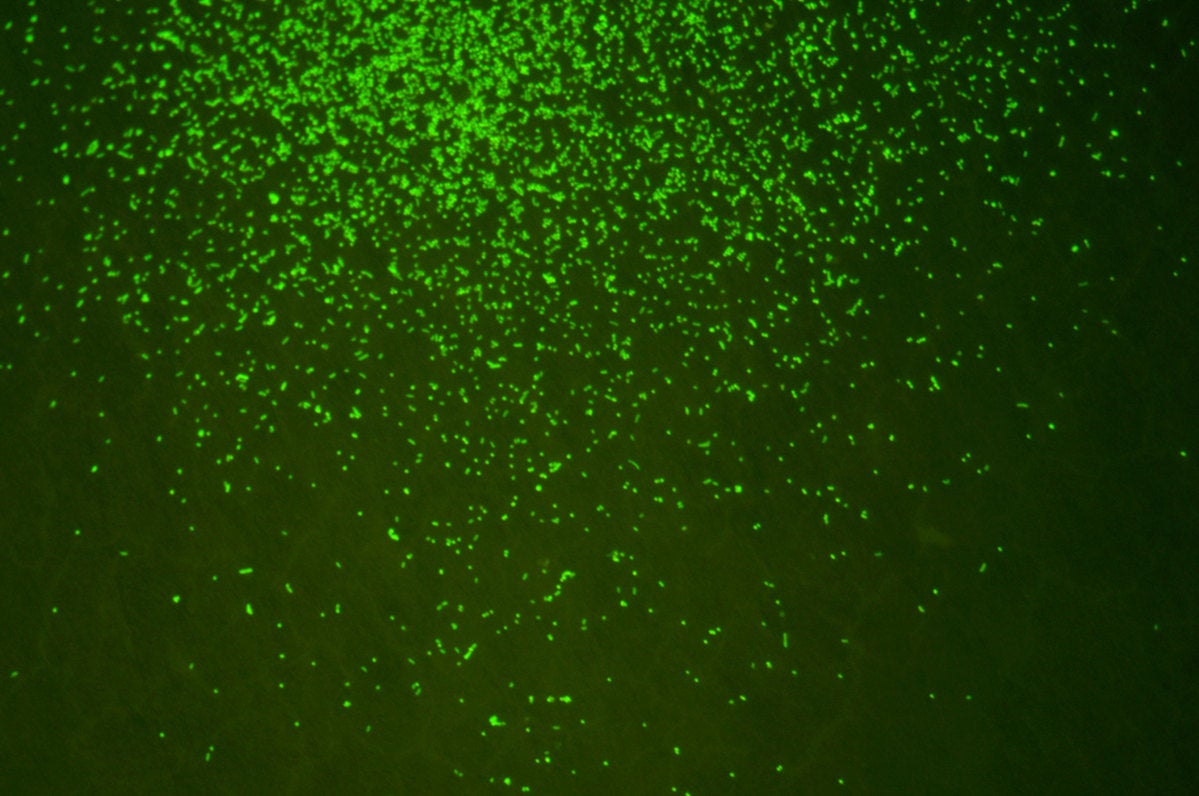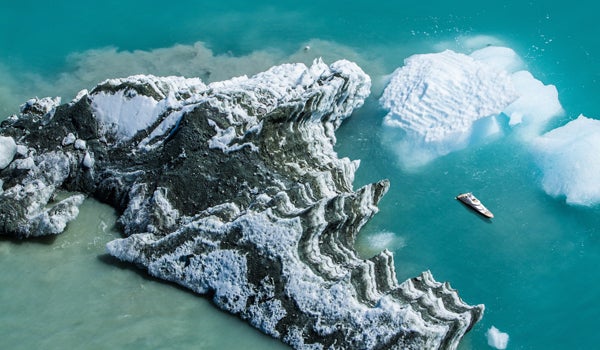
It sounds like a science fiction movie: Creatures that survived in a dormant state for 100 million years are re-animated and found to be hungry and ready for love. That these creatures are tiny microbes living deep in the seafloor, consuming naturally-occurring chemicals, and reproducing by simple cell division doesn’t make the tale any less bizarre.
That’s the discovery made this year by University of Rhode Island oceanographer Steven D’Hondt and an international team of scientists. They studied ancient sediment samples they collected from the South Pacific Gyre, a place D’Hondt calls “the deadest spot in the ocean” because few organisms live there and few nutrients are available to fuel the food web.
The research team’s primary question was whether life could exist in such a place or whether it’s just a lifeless zone. And they wanted to know how long the microbes could sustain their life in the near-absence of food. So they drilled numerous sediment cores 100 meters below the seafloor and found that oxygen was present all the way through, making it possible for aerobic microorganisms to survive for millions of years.
With fine-tuned laboratory procedures, the scientists incubated the samples to coax the microbes to grow. Their results demonstrated that rather than being fossilized, the microbes in the sediment had survived and were able to keep growing and dividing.
“We knew there was life in deep sediment near the continents where there’s a lot of buried organic matter,” said Professor D’Hondt. “But what we found was that life extends in the deep ocean from the seafloor all the way to the underlying rocky basement.”
With the newly developed ability to grow, manipulate, and characterize ancient microorganisms, the research team is looking forward to applying a similar approach to other questions about the geological past.
“What’s most exciting about this study is that it shows that there are no limits to life in the old sediment of the world’s oceans,” Professor D’Hondt said. “In the oldest sediment we’ve drilled, with the least amount of food, there are still living organisms, and they can wake up, grow and multiply.”
Just like in the movies.

